Pro Tips: What Does “Payment Against” Mean?
24.01.2017
Pro Tips
 Out-of-pocket payments for clients are pretty simple and straightforward. Everything they pay goes to their balance.
Out-of-pocket payments for clients are pretty simple and straightforward. Everything they pay goes to their balance.
When insurance gets involved it gets a bit more complicated. Here’s how to handle it in BreezyNotes.
What is “Payment Against?”
To make a “payment against” something means taking a payment from a client and applying it to a specific balance. Balances for clients with insurance get complex quickly. Copays, coinsurance and deductibles are the most common reasons you’d take a payment from a client with insurance.
In BreezyNotes the Insurance Balance is split between a copay balance and an invoice balance.
What can you make a “Payment Against” when insurance is involved?
When you’re in the payment screen in BreezyNotes EHR, you can make a payment against three different things when insurance is involved:

- Co Pay is default. With this option, you’re applying the payment to the co pay balance (usually just the cost of a single co pay).
- Pre Pay adds an unapplied amount to the system so it can be applied to future balances. At this point, there has been no payment against a specific balance. Instead, the money will be left unapplied. In the future, it can be used to make a payment against the insurance balance.
- Invoice Balance is used when the client is paying down a balance on an invoice. When using this option, you’re making a payment against a balance created by a coinsurance percentage or a deductible. The balance could also include non-insurance charge like a Late Cancellation.
